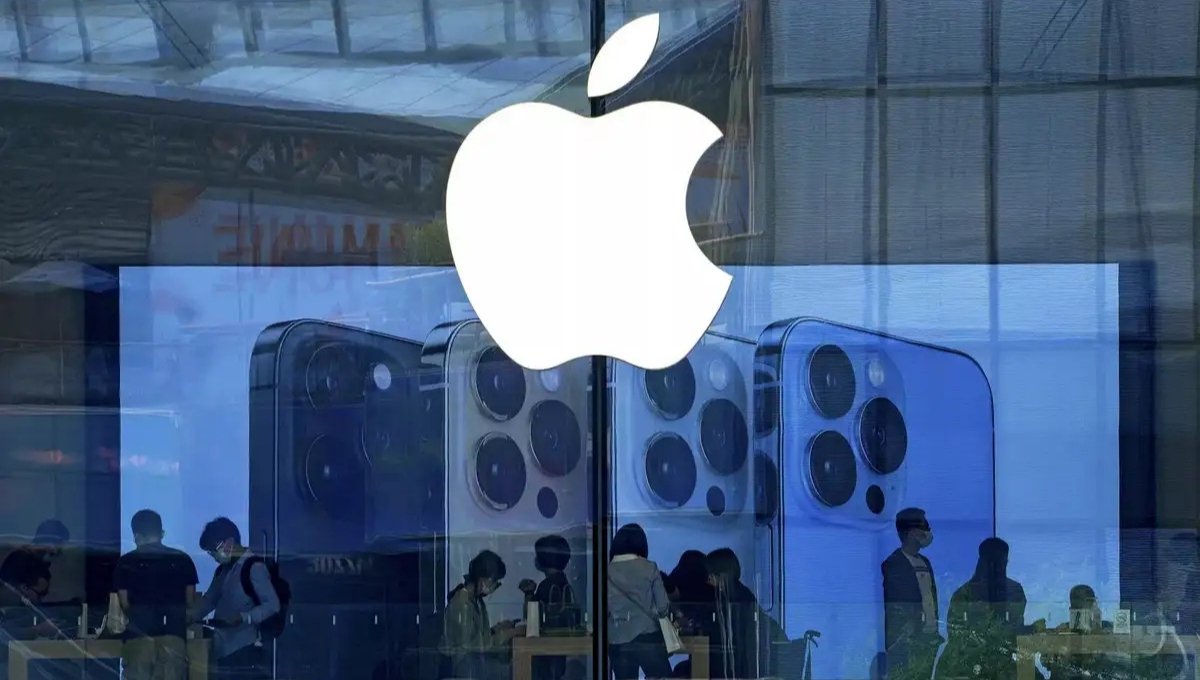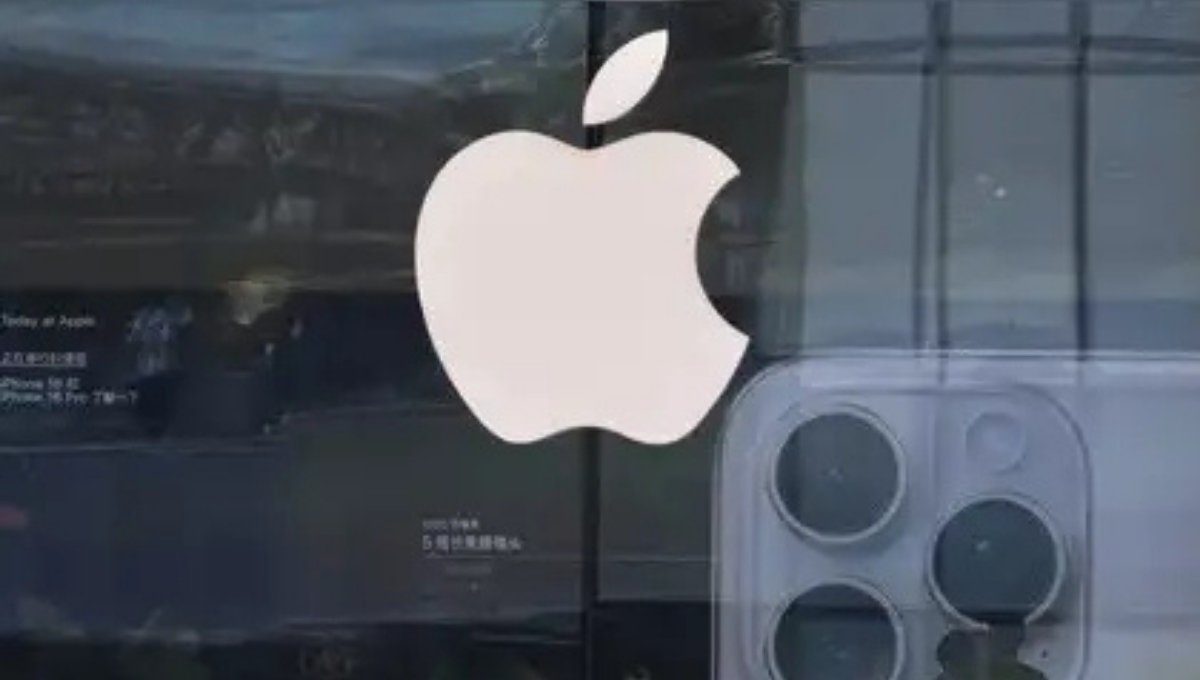When we think about the sleek, powerful iPhones that many of us carry in our pockets, it’s easy to assume it’s a product of American innovation through and through. And while it’s true that the idea and design of the iPhone come straight from Cupertino, California, the reality is that most iPhones are assembled thousands of miles away.
Why the U.S. Isn’t the Go To Choice for iPhone Production

For years, Apple has relied heavily on countries like China and, more recently, India to manufacture its iconic iPhones. These countries offer a few advantages that the U.S. simply hasn’t been able to match at least not yet. Skilled labor is more plentiful and more affordable in countries like India. Factories there are optimized for mass electronics assembly.
Trump Warning Shot A 25% Tariff Threat
Back in 2020, former President Donald Trump responded to Apple’s global manufacturing strategy with frustration. When he learned that Apple planned to make most of its U.S.-bound iPhones in India, he issued a bold warning a 25% tariff on iPhones unless the company brought production back home.
The Bigger Picture It Not Just Apple
Apple isn’t alone in this. Most tech companies manufacture their products overseas. It’s not a lack of love for the U.S. it’s about survival in a hyper-competitive market. Building iPhones in the U.S. would mean much higher prices and likely delays in production. Consumers might not be willing to pay the difference, especially when so many alternative smartphones are available.
Looking Ahead Is There Any Hope for U.S. iPhone Production
There’s always hope. With growing conversations about reshoring manufacturing and increasing investment in U.S.-based factories, the dream isn’t completely out of reach. Some components are already made in the U.S., and if trends continue, we might see more assembly happening on American soil. But that’s likely a slow, steady process not a sudden shift.

Until then, your iPhone will probably continue to come from places like India or China, even if it was imagined in California. And while that may disappoint some, it’s simply a reflection of how our global economy functions today.
Disclaimer: This article is for informational purposes only and reflects publicly available information at the time of writing. It does not represent the views of Apple Inc., the U.S. government, or any political figure.







